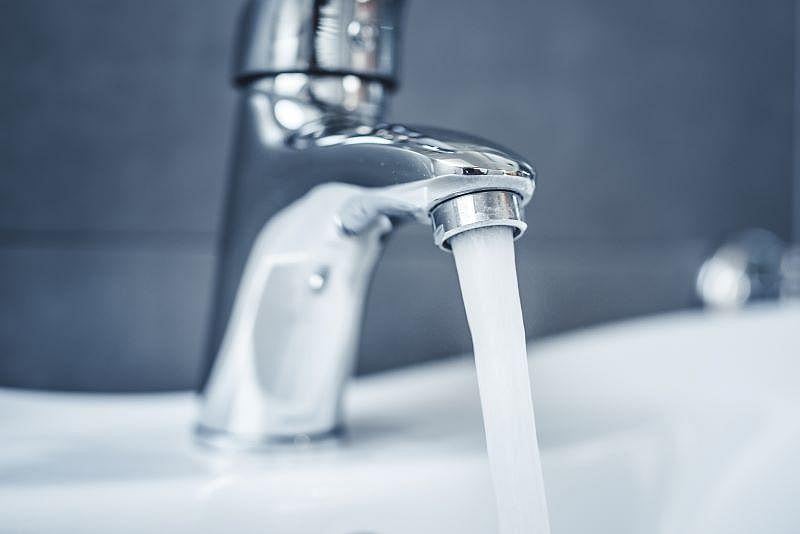ATTENTION ALL CUSTOMERS:
Due to a recent change in our pharmacy software system, all previous login credentials will no longer work.
Please click on “Sign Up Today!” to create a new account, and be sure to download our NEW Mobile app!
Thank you for your patience during this transition.
Get Healthy!

- Posted July 6, 2023
Nearly Half of Tap Water Americans Drink Is Tainted With PFAS 'Forever Chemicals'
"Forever chemicals"are widespread in the environment, and new research finds they can be detected in about 45% of U.S. tap water samples.
The chemicals are per- and polyfluorinated alkyl substances, or PFAS, and their spread through drinking water -- both tap and well -- may be even higher because researchers from the U.S. Geological Survey (USGS) were unable to test for all of them, CNN reported.
These synthetic substances have been linked to a variety of health issues, including cancer, liver damage, hormone suppression, decreased fertility, obesity, high cholesterol and thyroid disease, according to the U.S. Environmental Protection Agency.
"There's been almost no place scientists have looked where they have not found PFAS,"toxicologist Jamie DeWitt told CNN. She's a professor of pharmacology and toxicology at East Carolina University in Greenville, N.C., and was not involved in the new study.
To gauge the impact on drinking water, a team led by Kelly Smalling of the USGS used water samples collected between 2016 and 2021 from 269 private wells and 447 public sources.
Their models suggest 45% of U.S. drinking water samples have at least one PFAS chemical. Lab tests developed by the USGS can also test for 32 compounds out of the 12,000 that exist.
"I don't think people should be afraid, but they should be aware and [arm] themselves with knowledge so that they can get information that will help them to make decisions,"DeWitt said.
One way to learn more is to check your local utility website for its most recent water report to see what your community is doing to reduce contaminants.
People can also use a carbon filter on their drinking water. It will need to be changed regularly. Costly reverse osmosis filtering systems can also help, CNN reported.
Researchers found most contamination was from water sources near urban areas where PFAS chemicals were used or where waste was collected.
The Great Plains, the Great Lakes, the Eastern Seaboard and Central/Southern California had the highest PFAS concentrations in their water, the study found.
These chemicals are dangerous even at much lower levels than scientists previously knew, the EPA said in June 2022.
They are used in hundreds of household items, including carpets, clothing, dental floss, vehicles and food packaging for the purpose of stain resistance and keeping things from sticking. They can be found in foods and even in household dust, CNN reported.
About 98% of people are believed to have PFAS chemicals in their systems.
The EPA has set proposed limits for six PFAS chemicals. After standards are finalized, water systems may need to treat their water to lower these chemicals.
"I think that we should try our best to work on how to clean this up,"said Graham Peaslee, a professor of chemistry and biochemistry who does PFAS research at the University of Notre Dame.
"My fear is that this is, global warming aside, this is probably the most expensive environmental problem we're ever going to face," said Peaslee, who was not involved in the new study.
"There's nothing that will magically fix it. It's fairly expensive to clean this up. And it's a recurring cost, and there's no permanent solutions to it for any particular utility. It looks frightening,"he told CNN.
Study findings appear in the August 2023 issue of the journal Environment International.
More information
The U.S. Environmental Protection Agency has more on PFAS.
SOURCES: Environment International, August 2023; CNN, July 6, 2023






